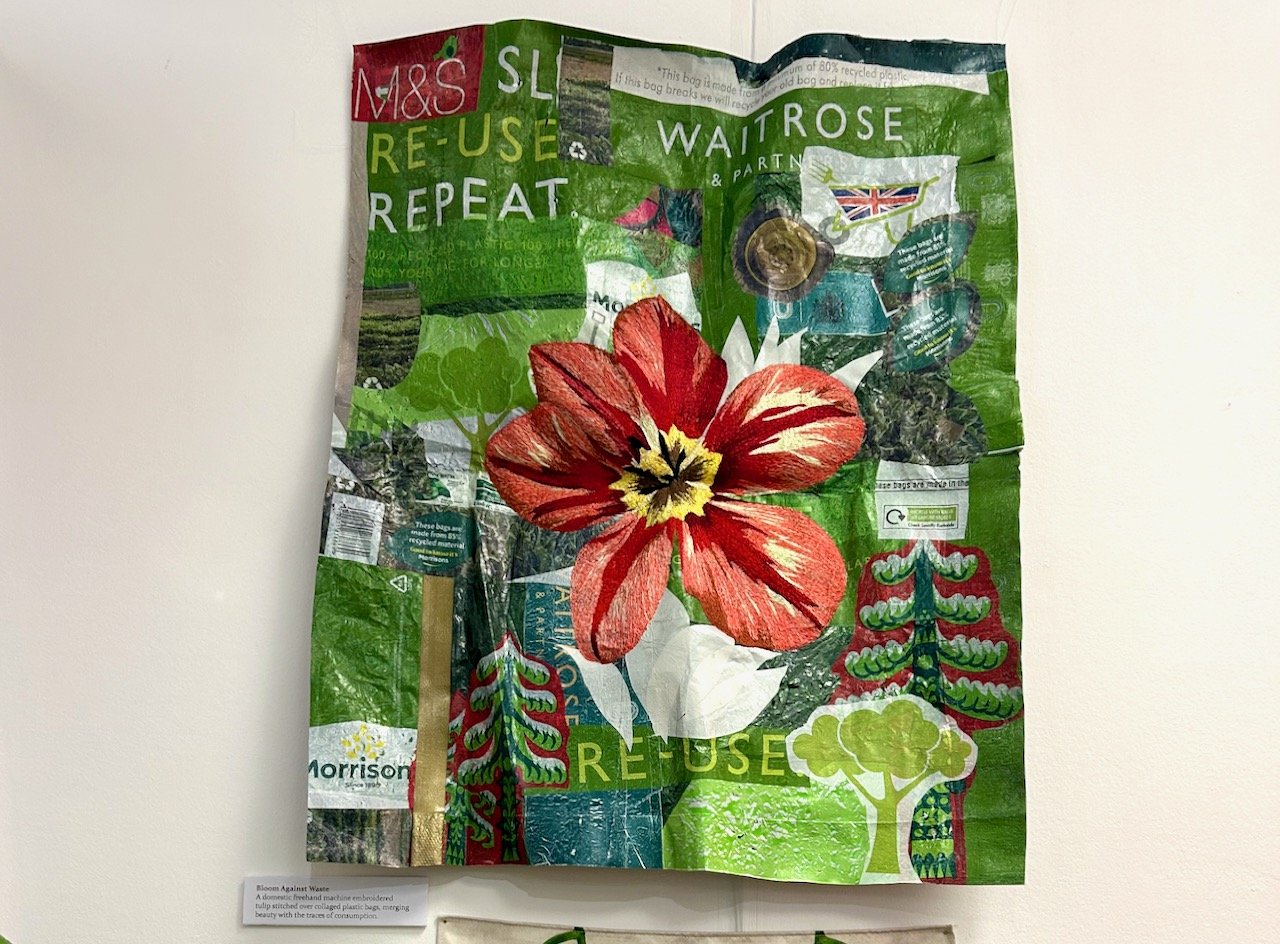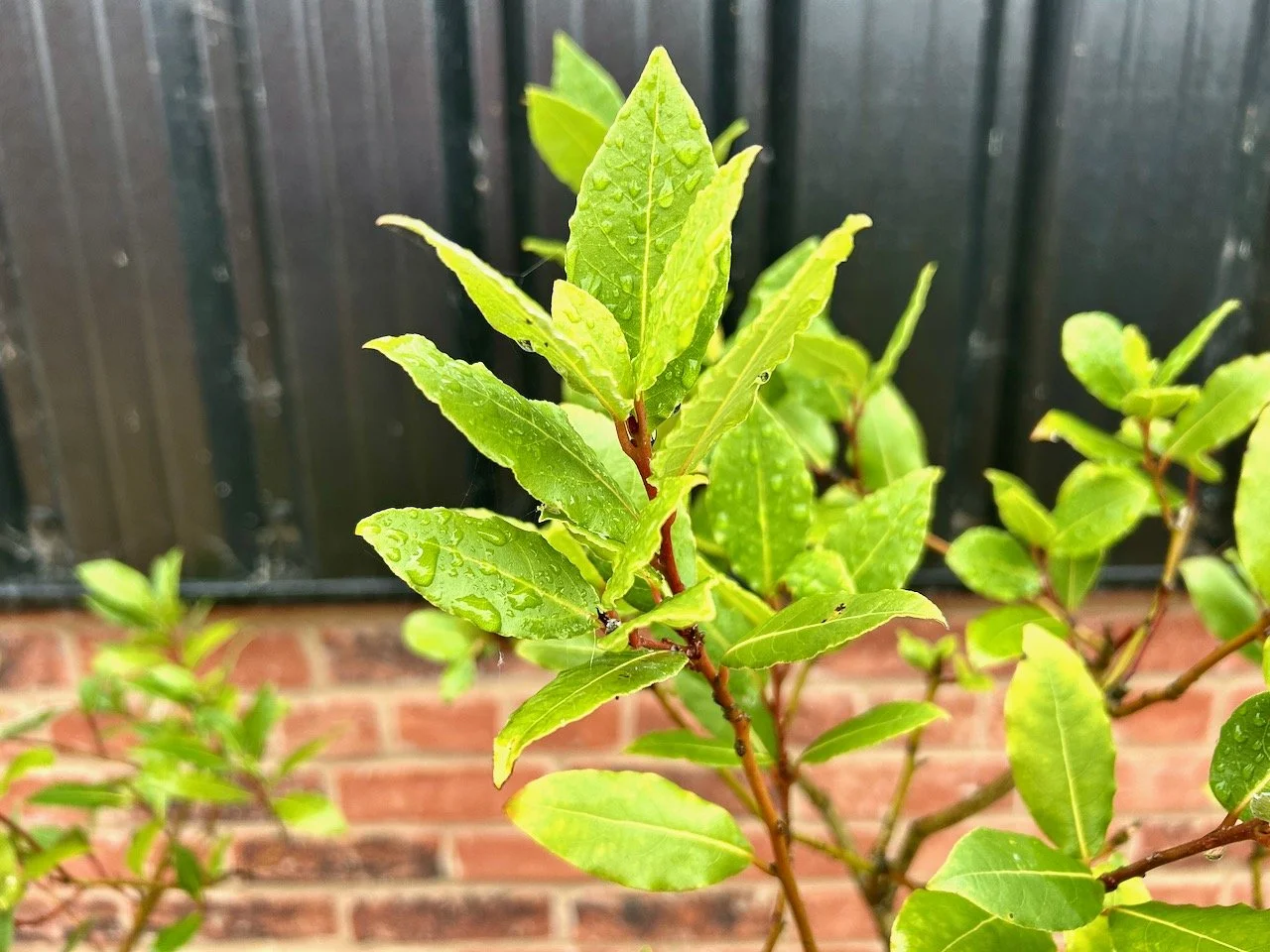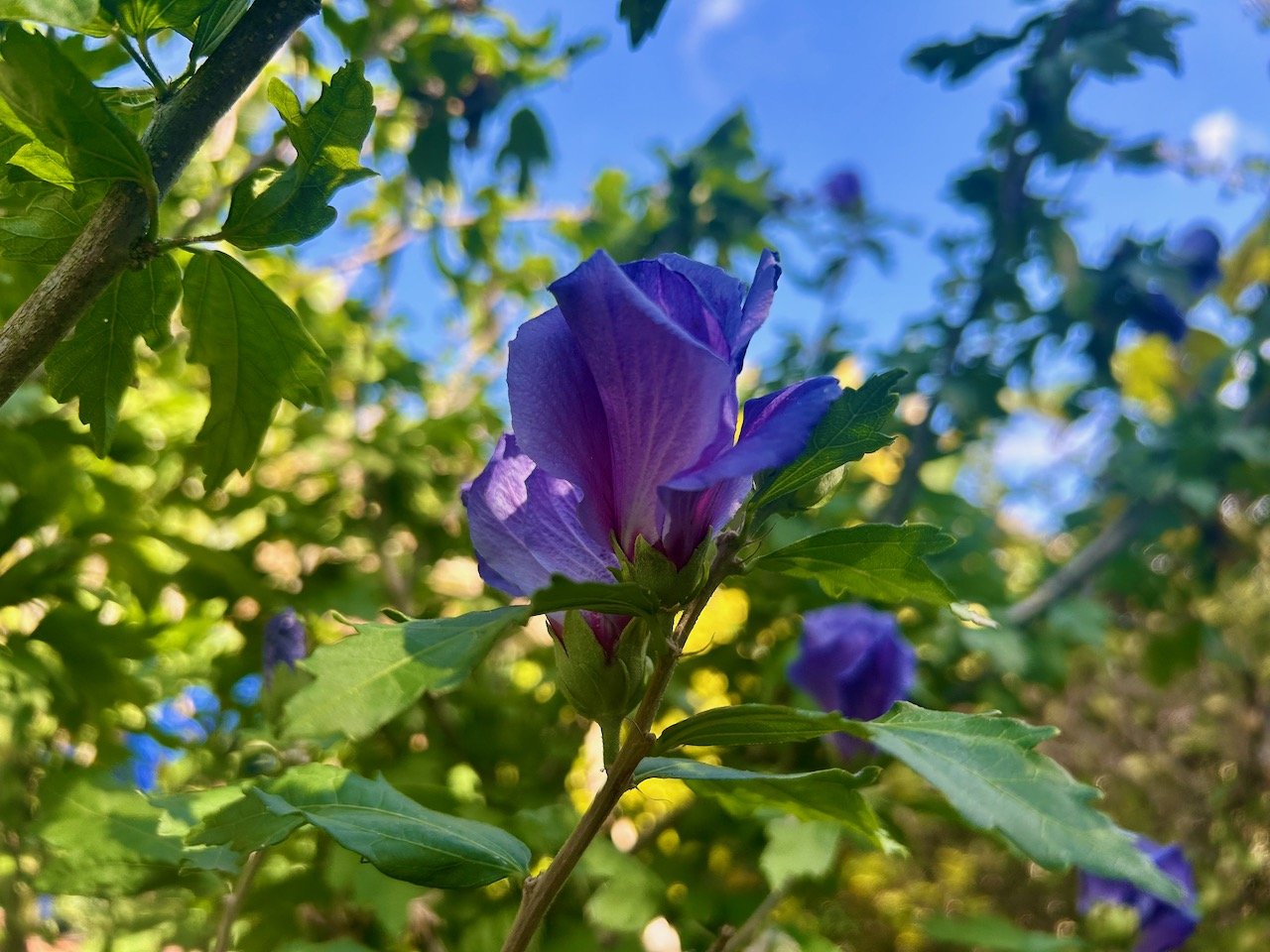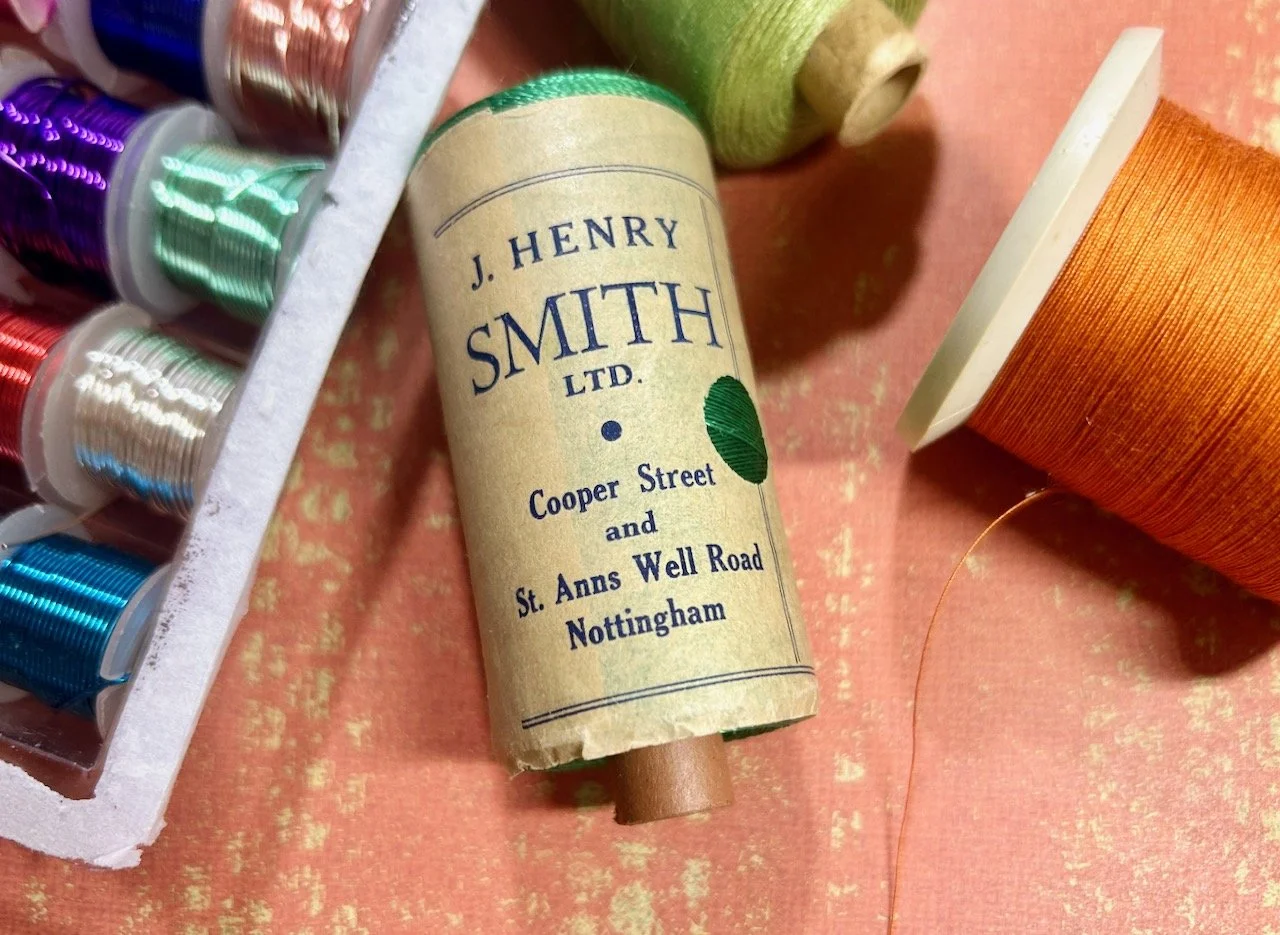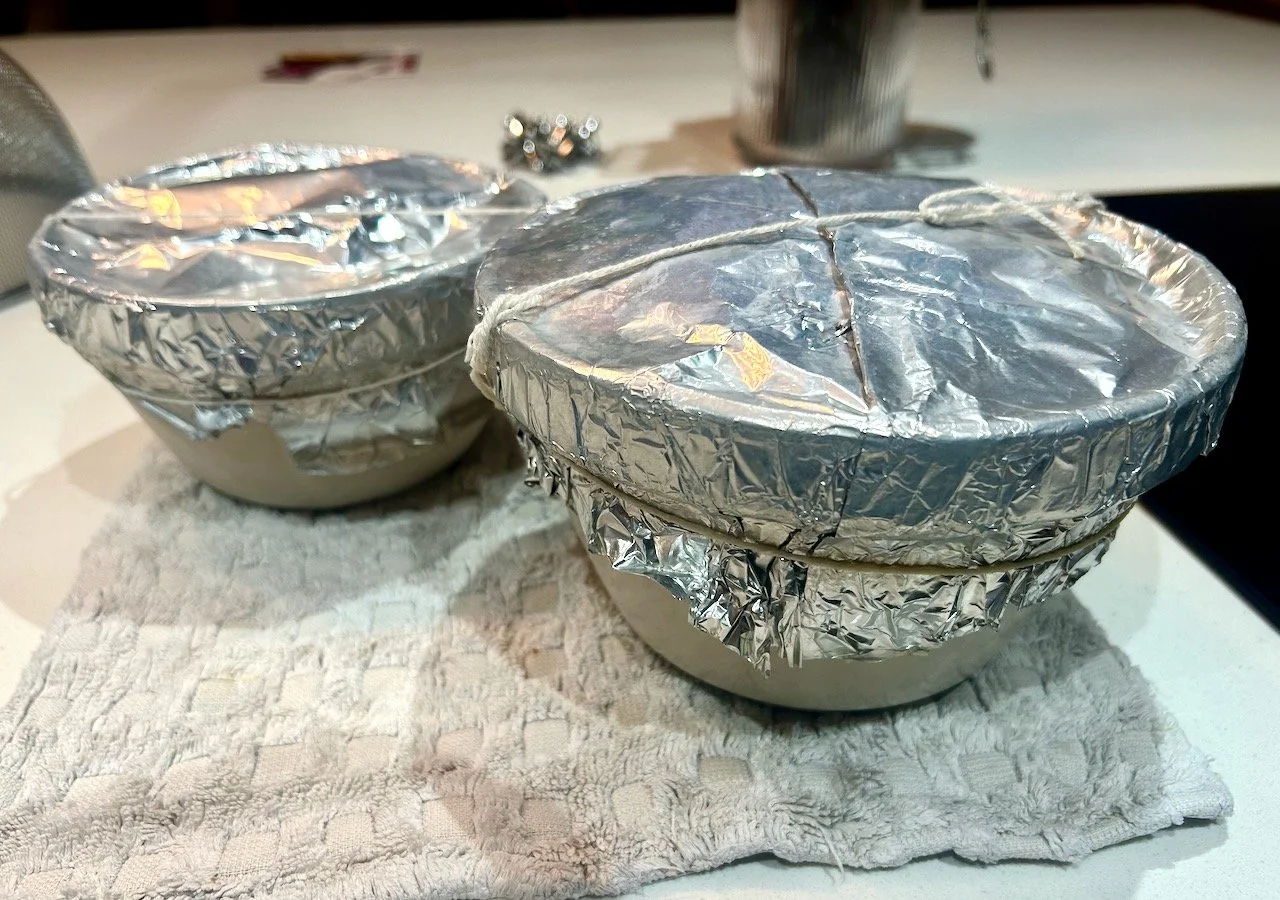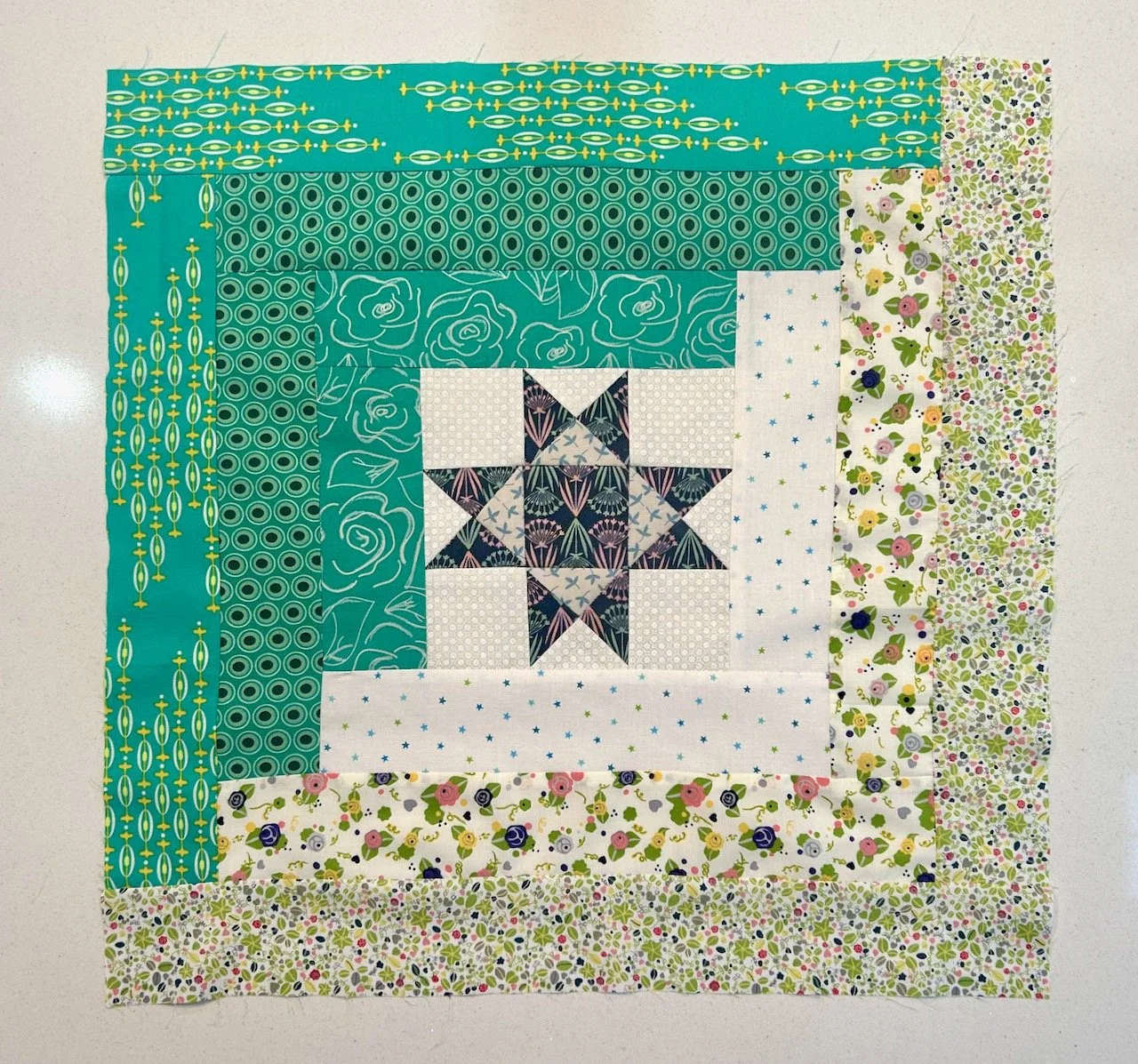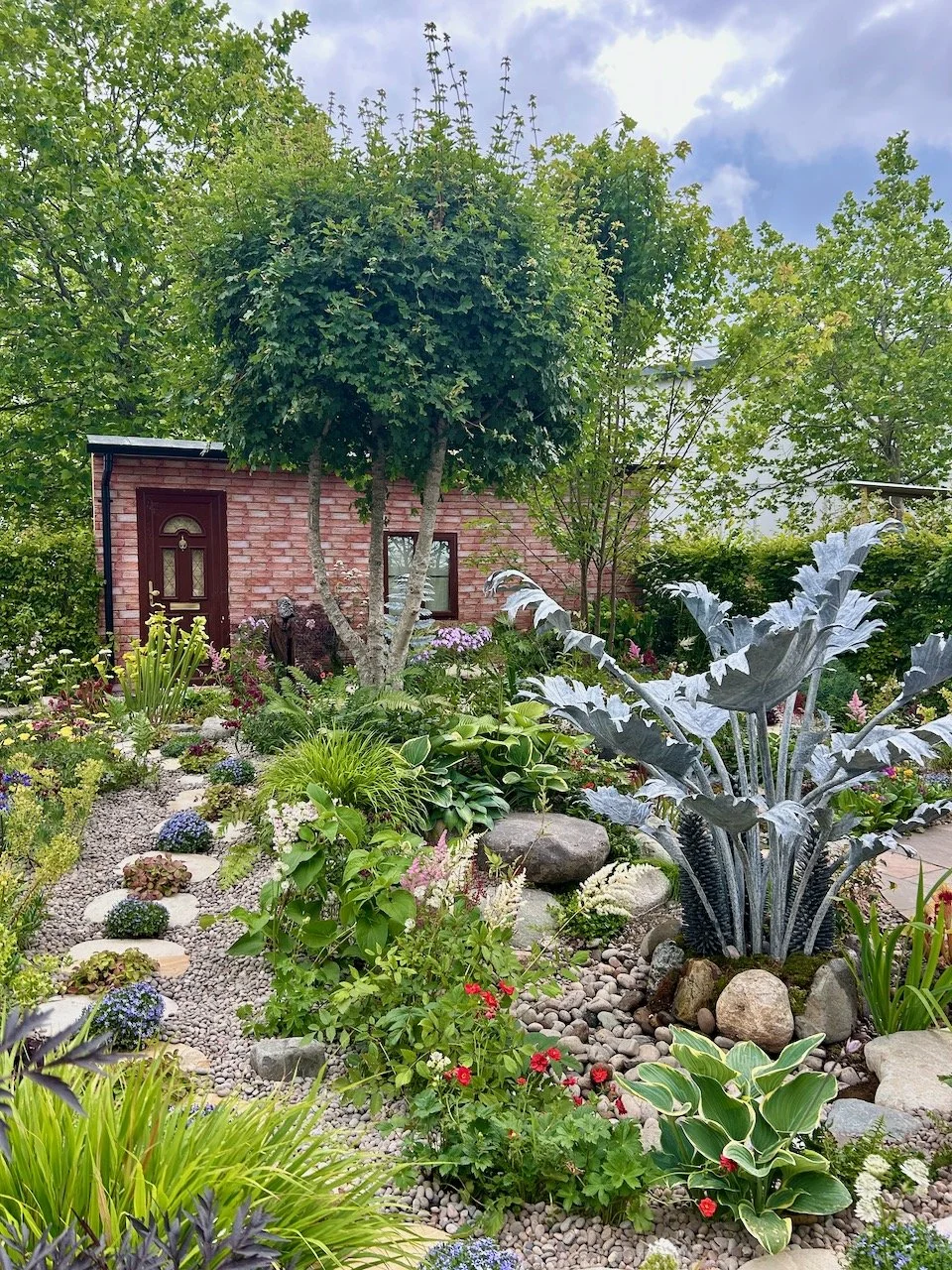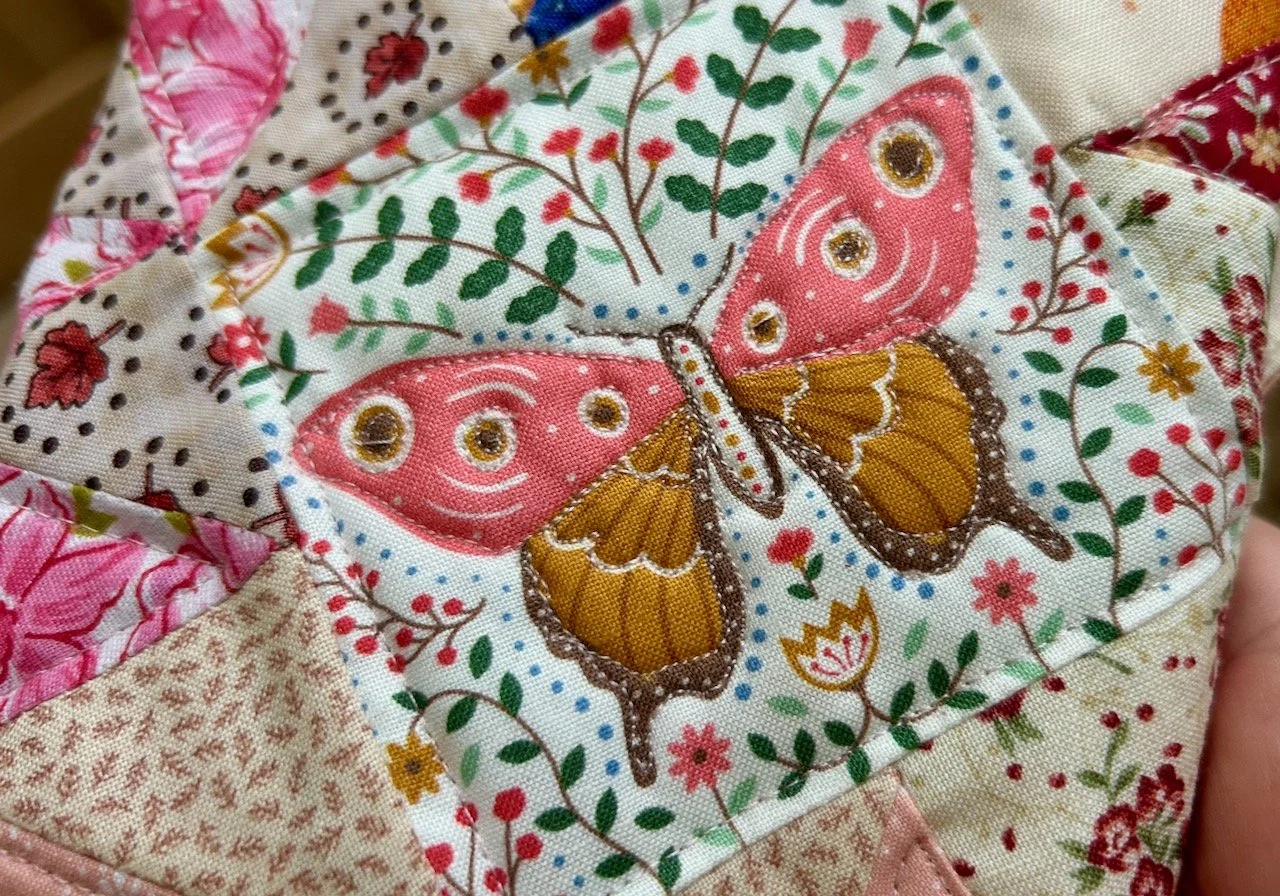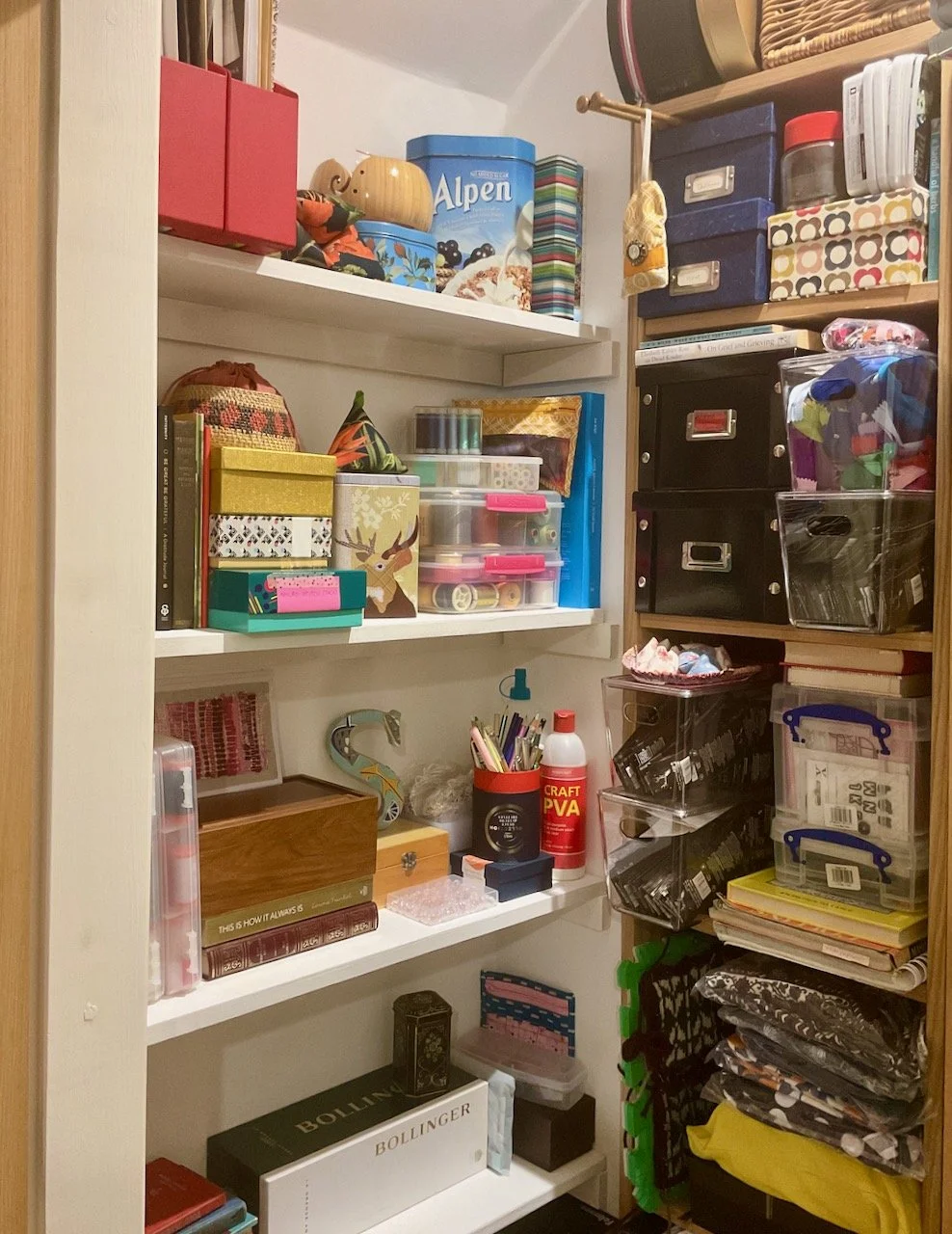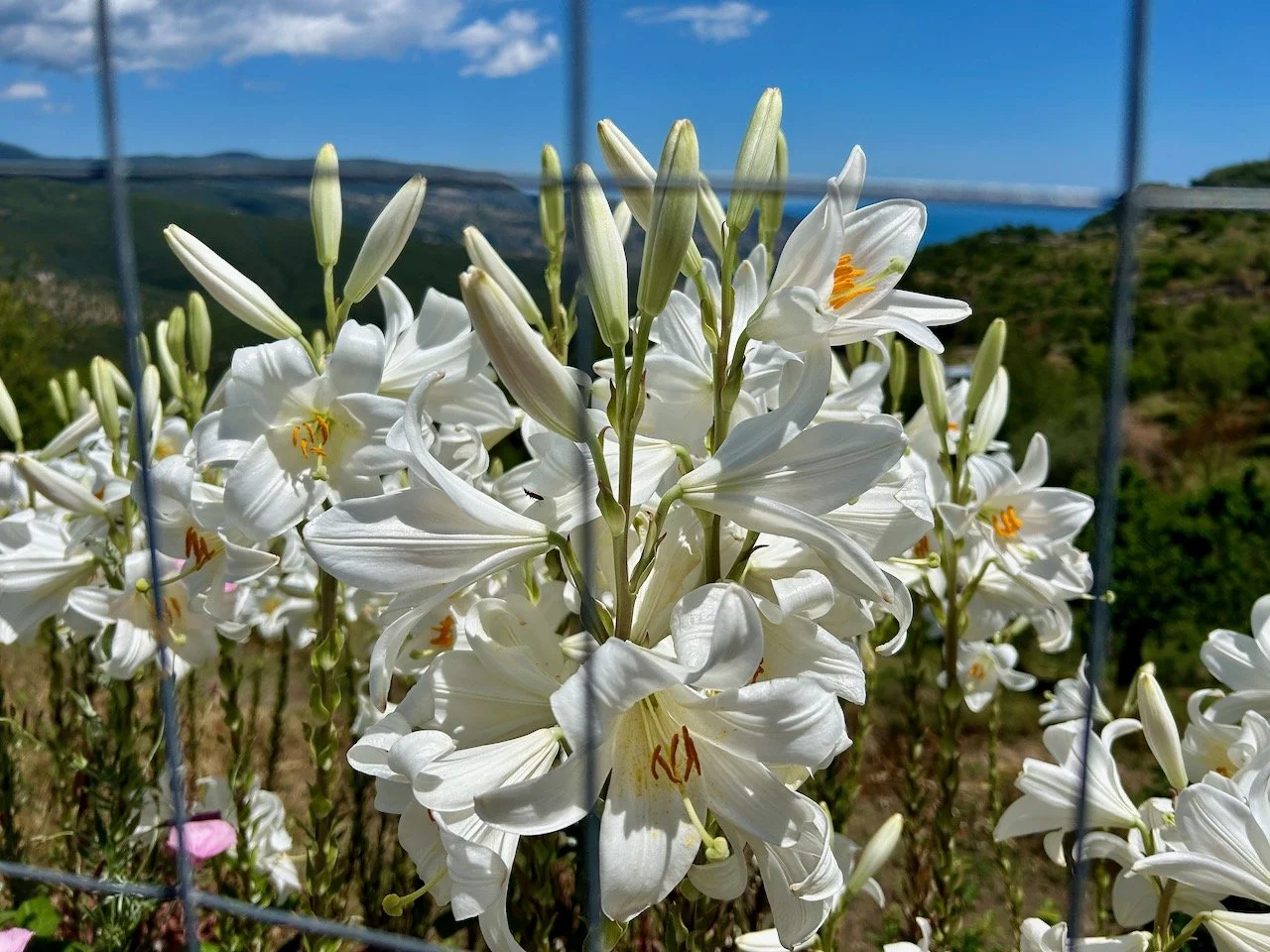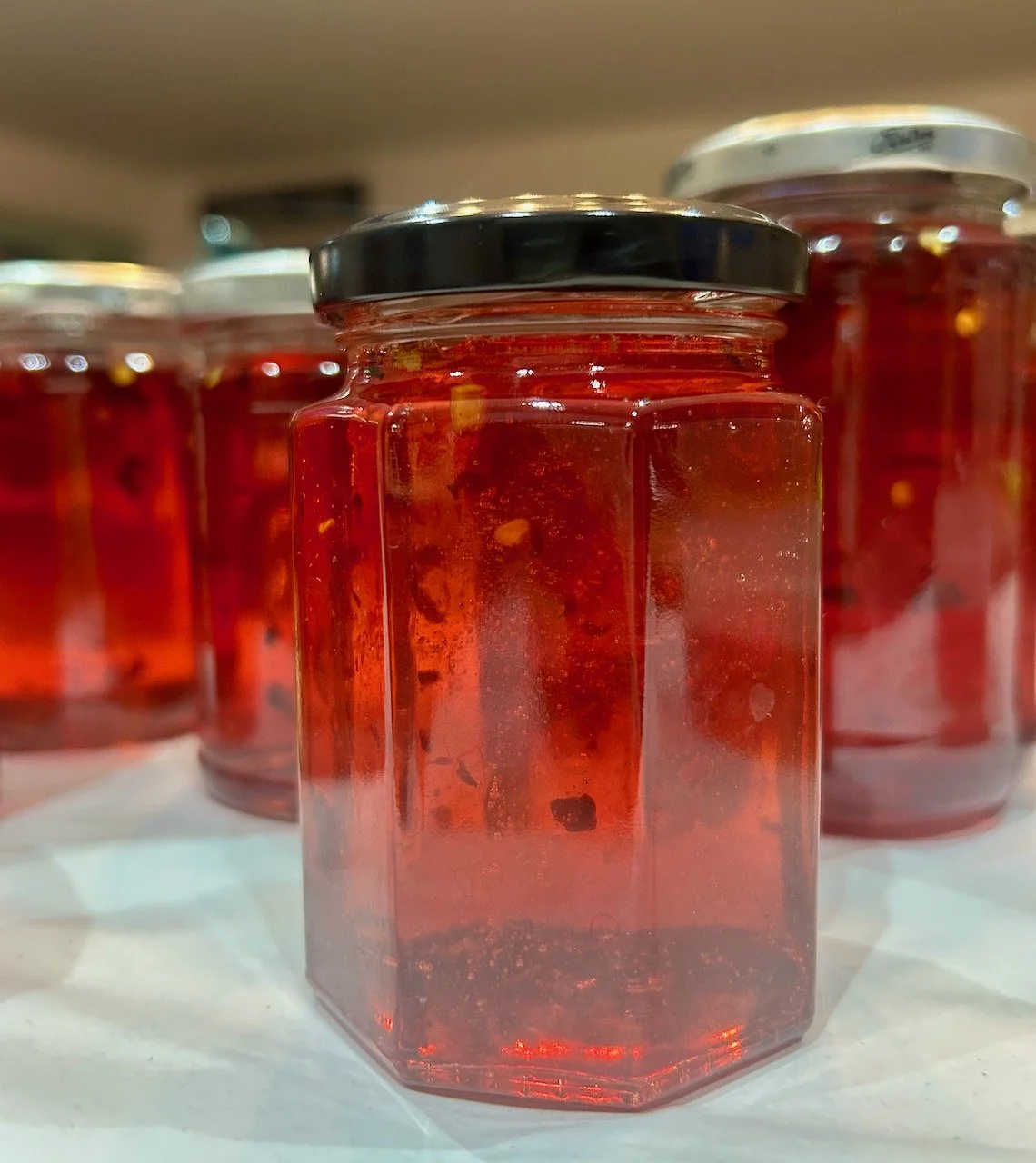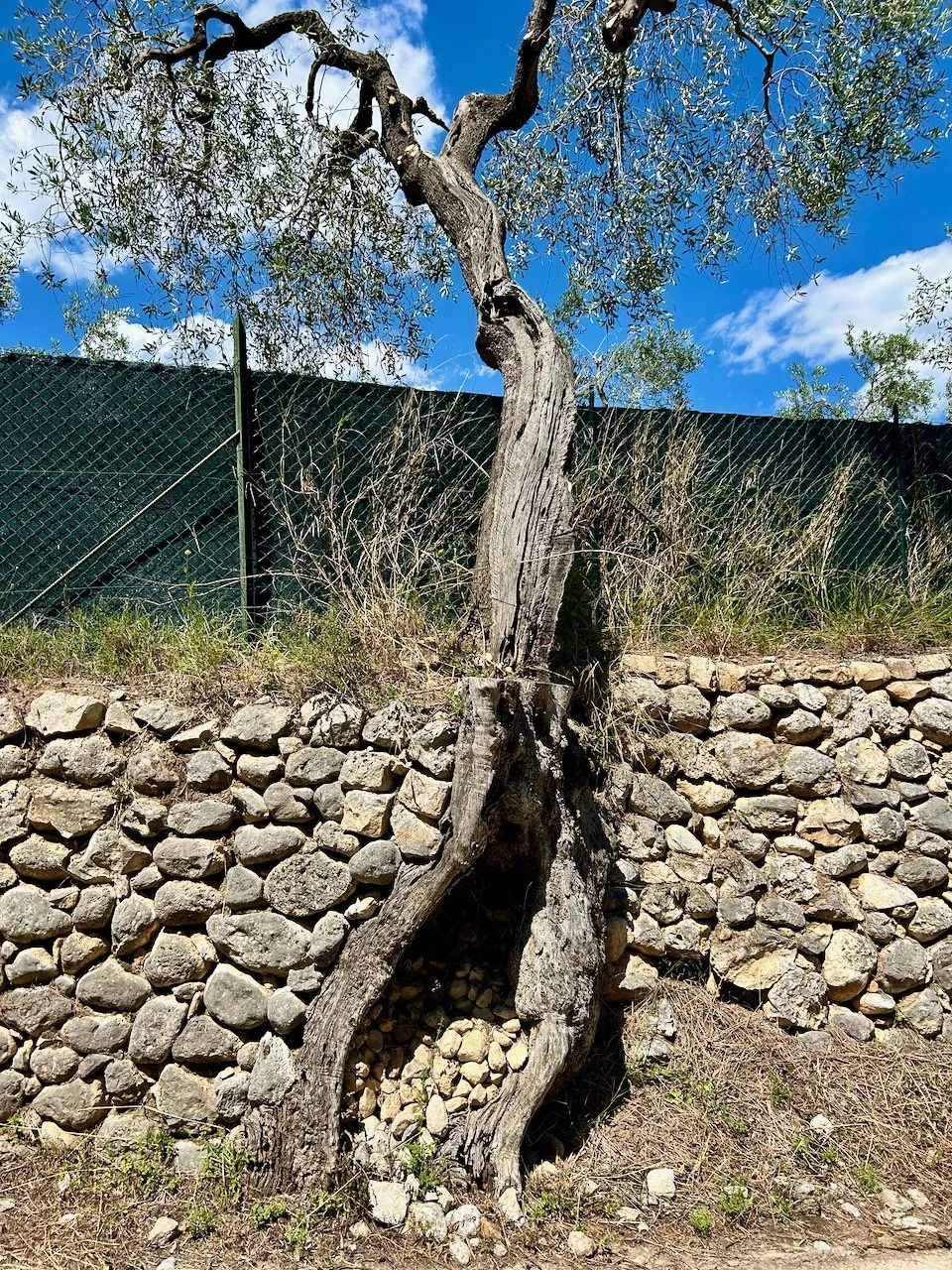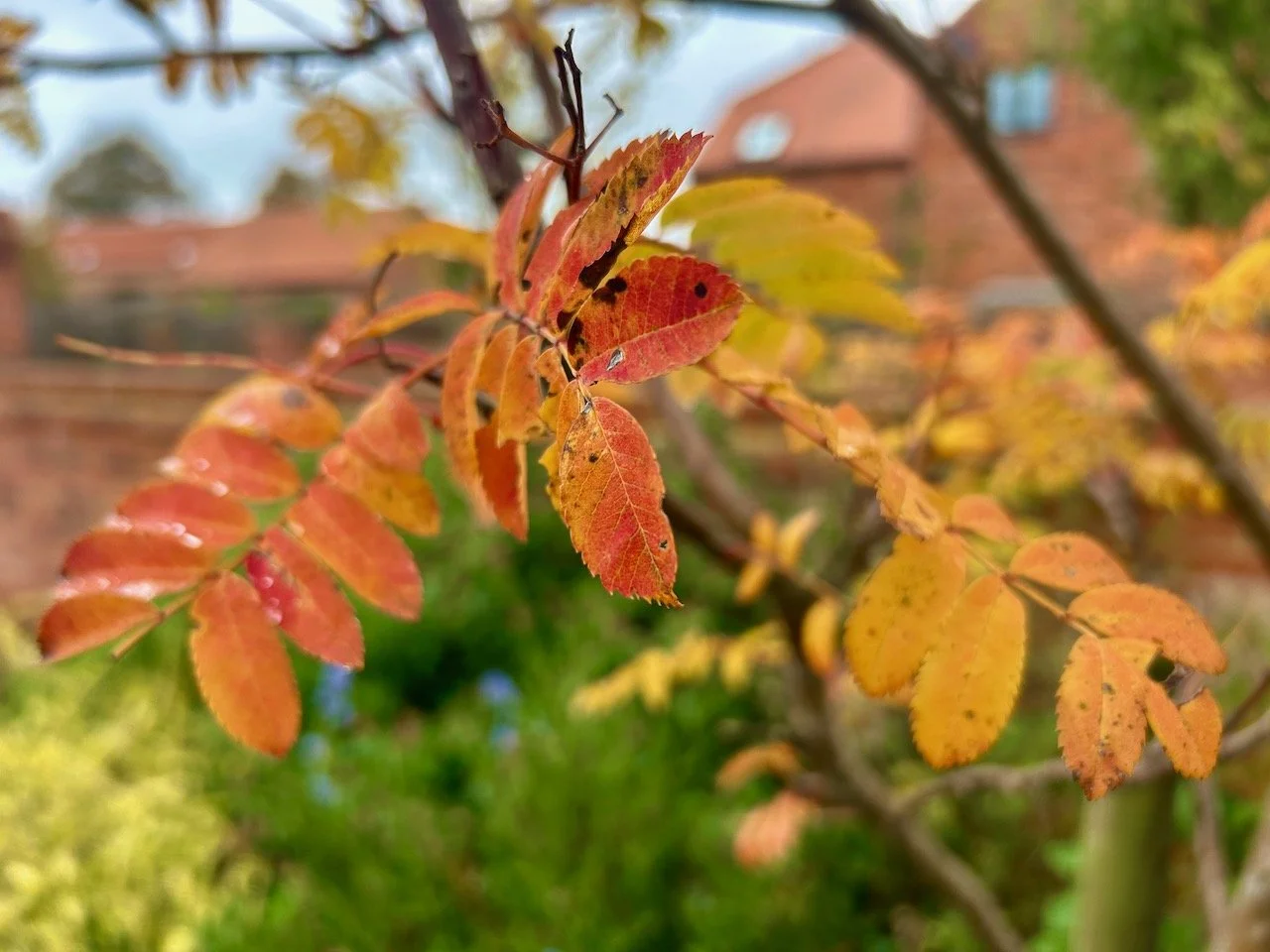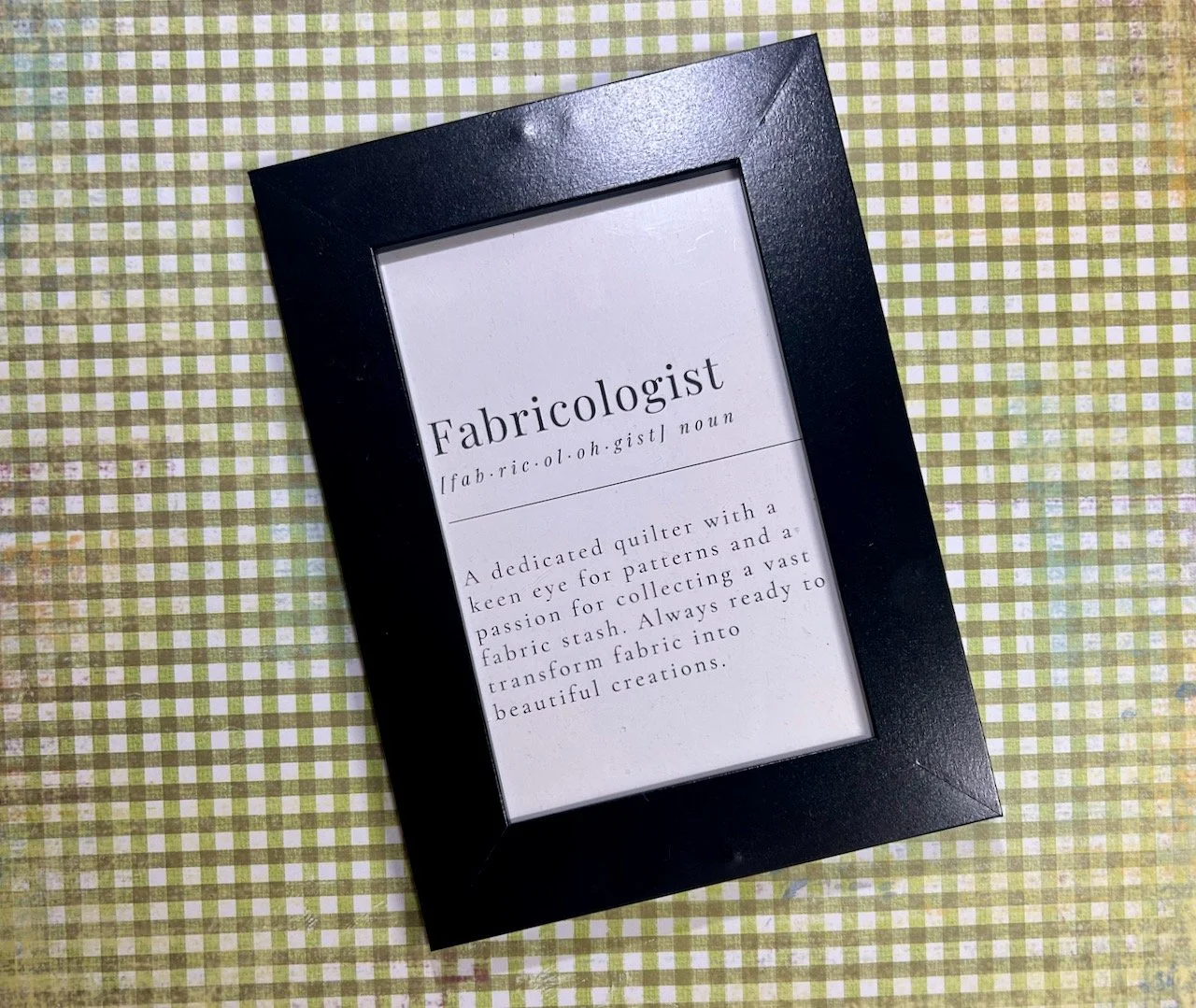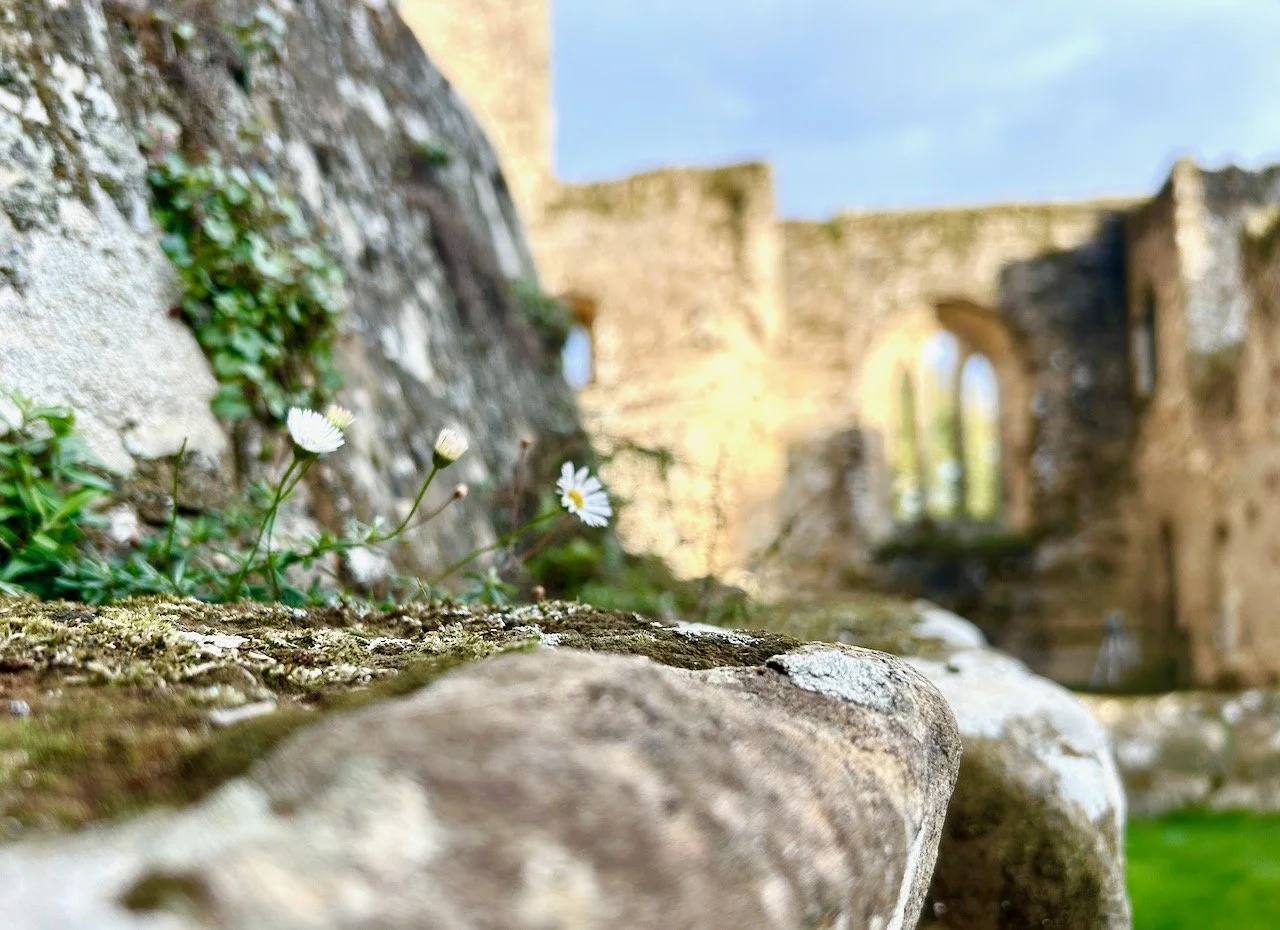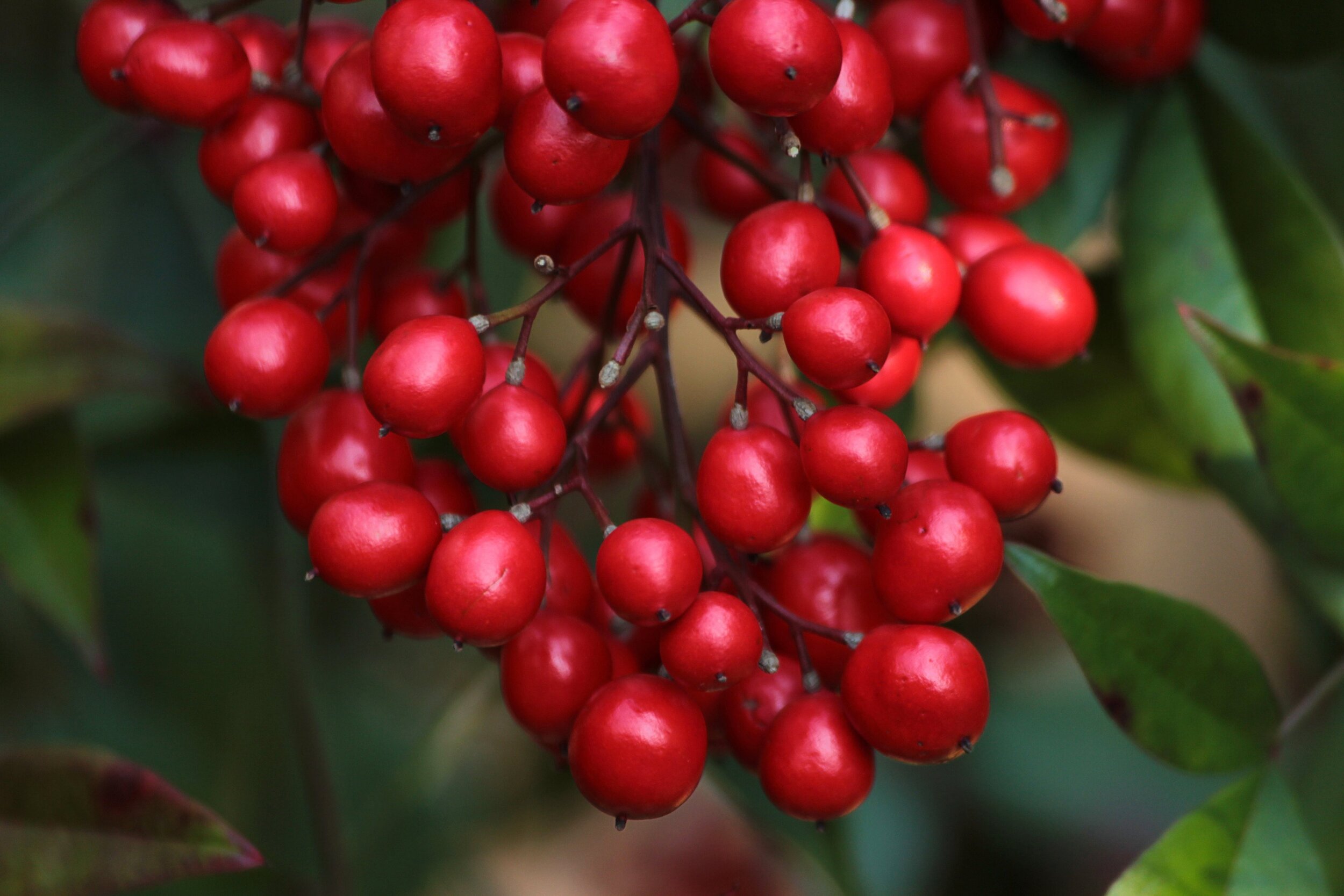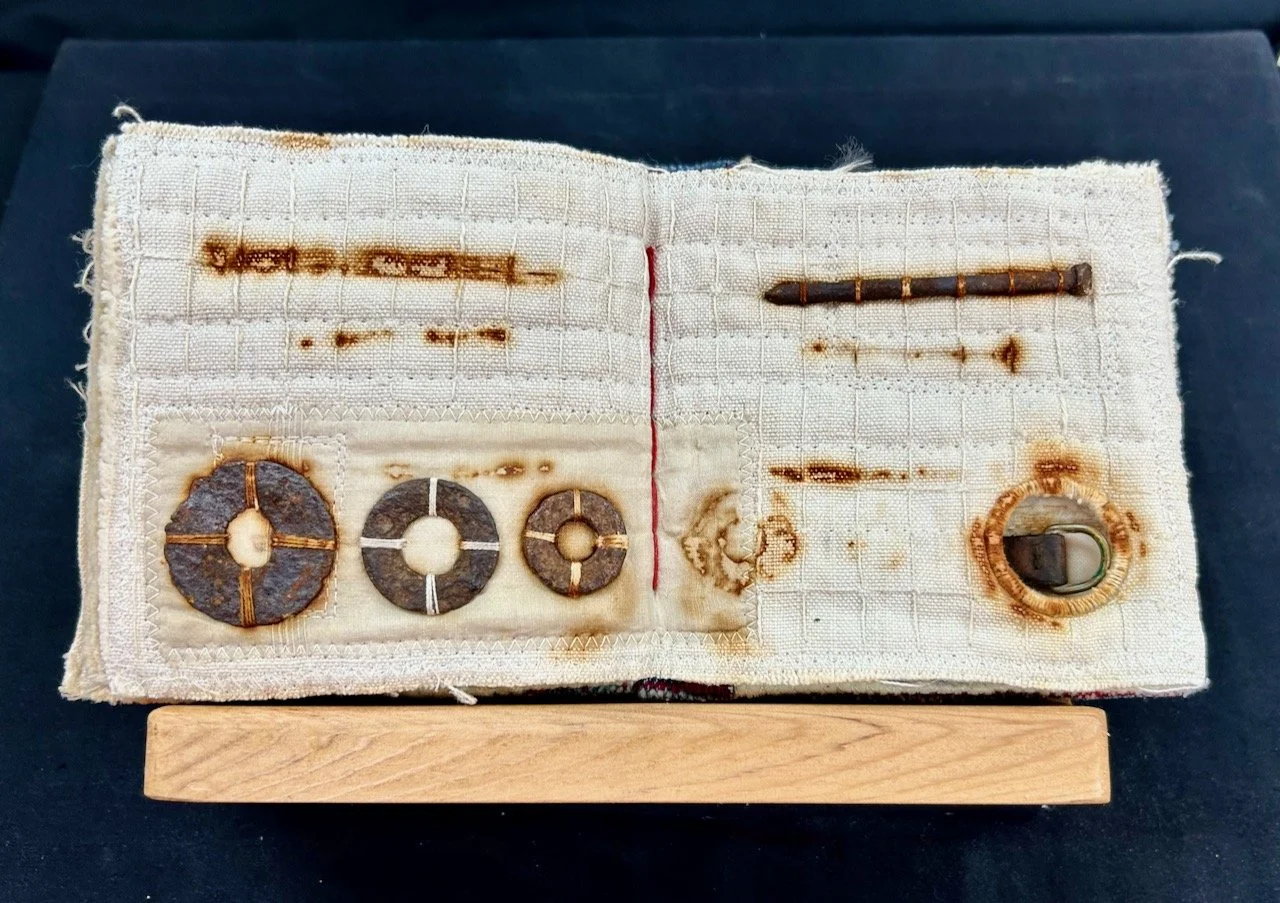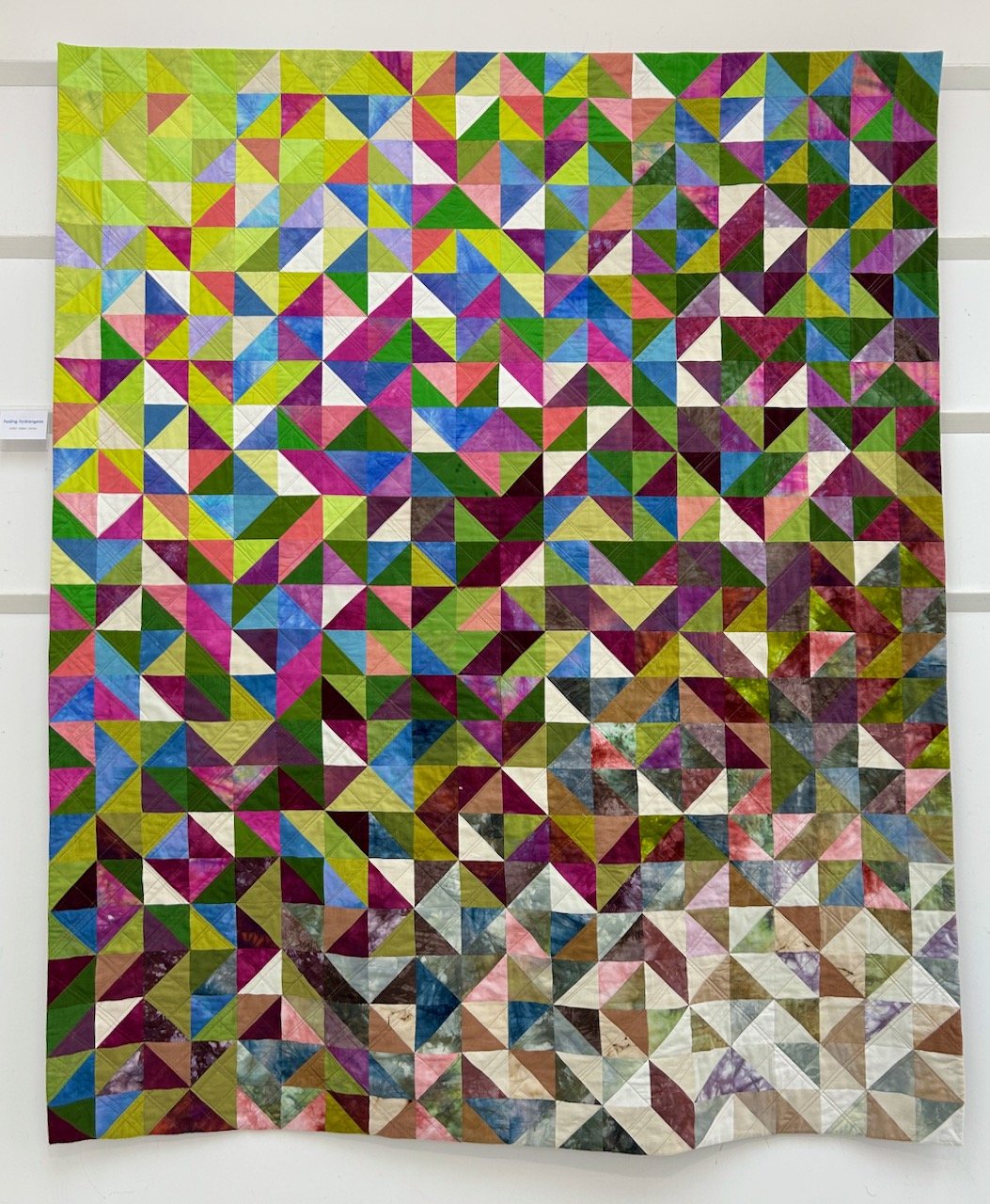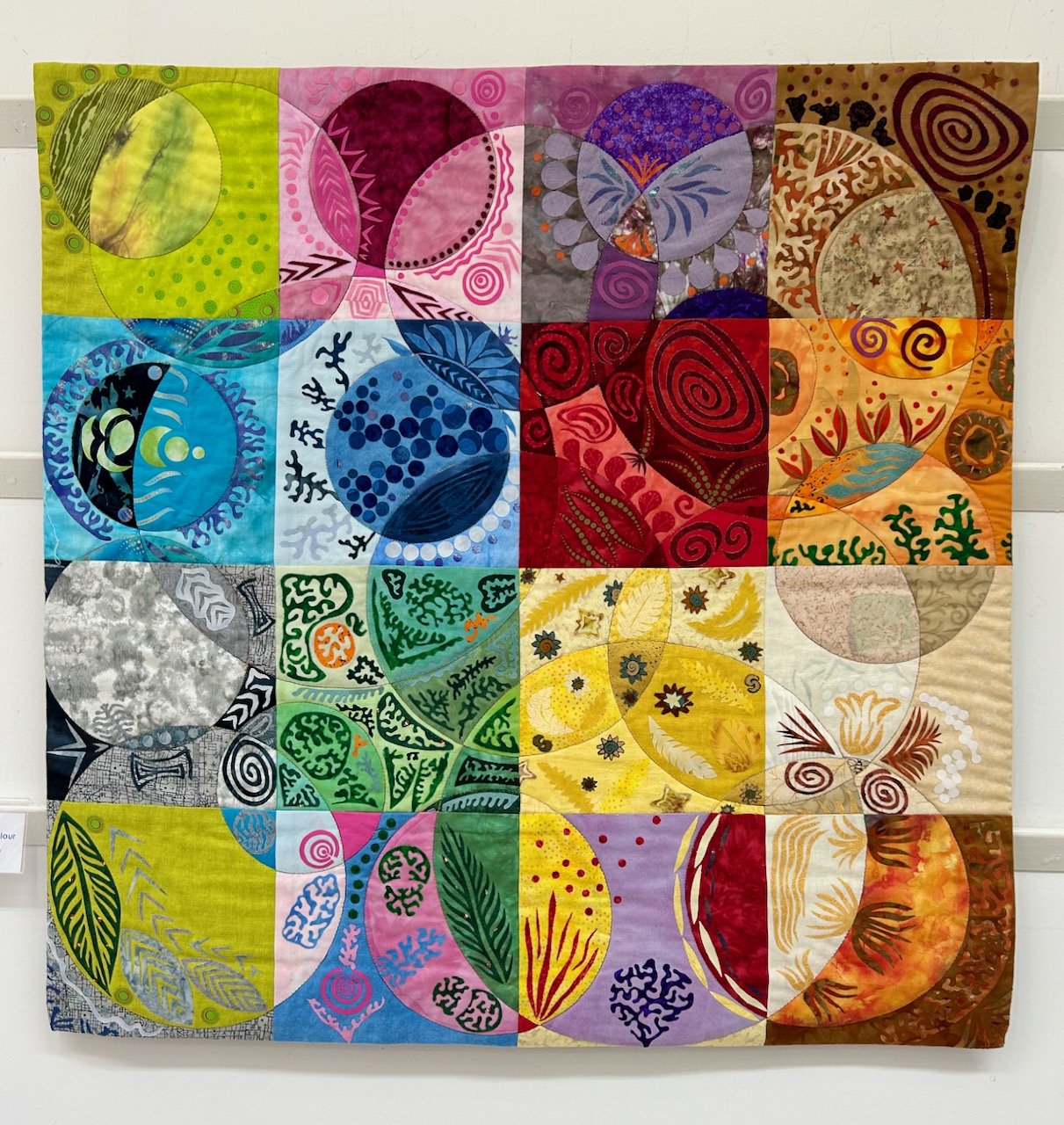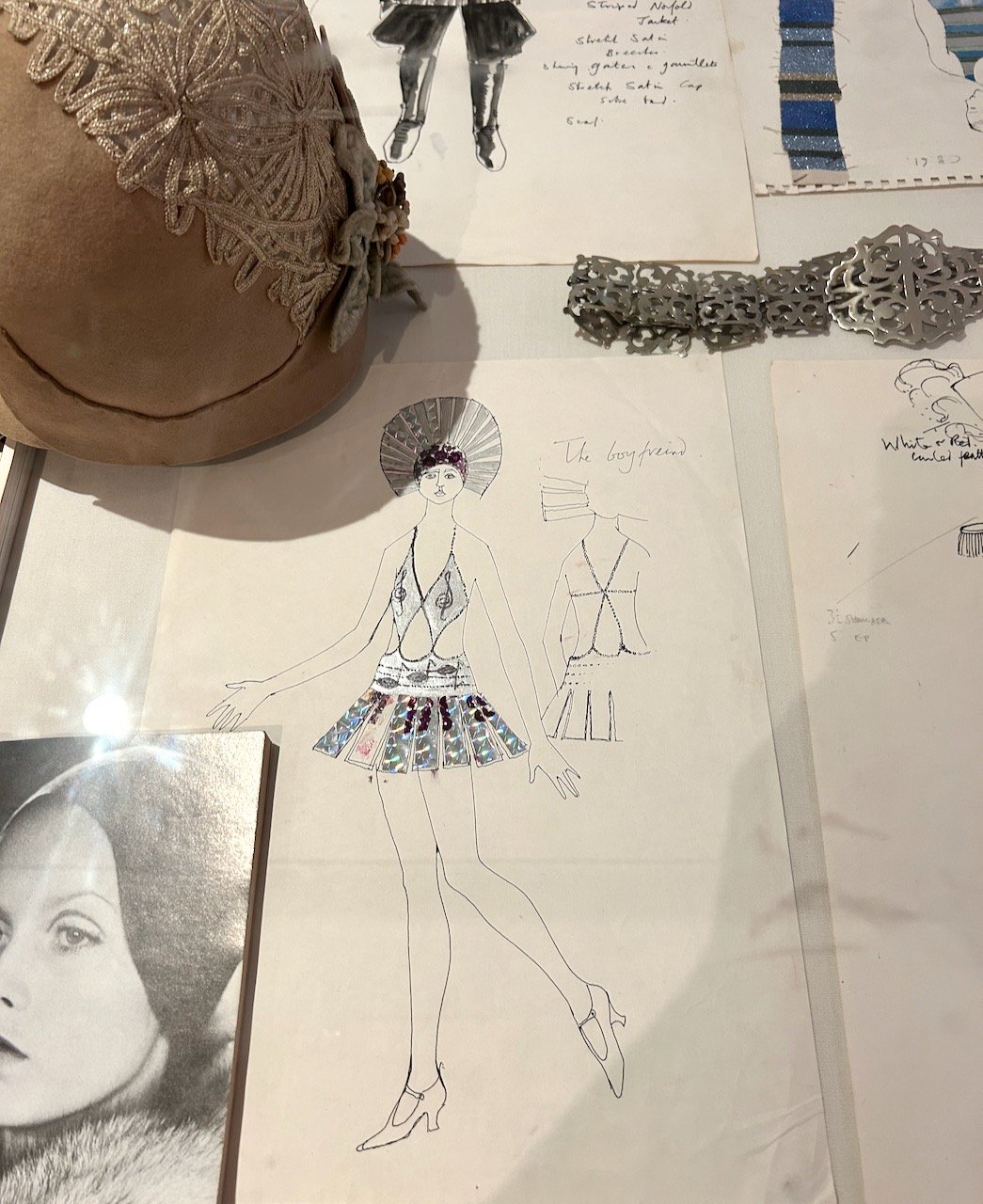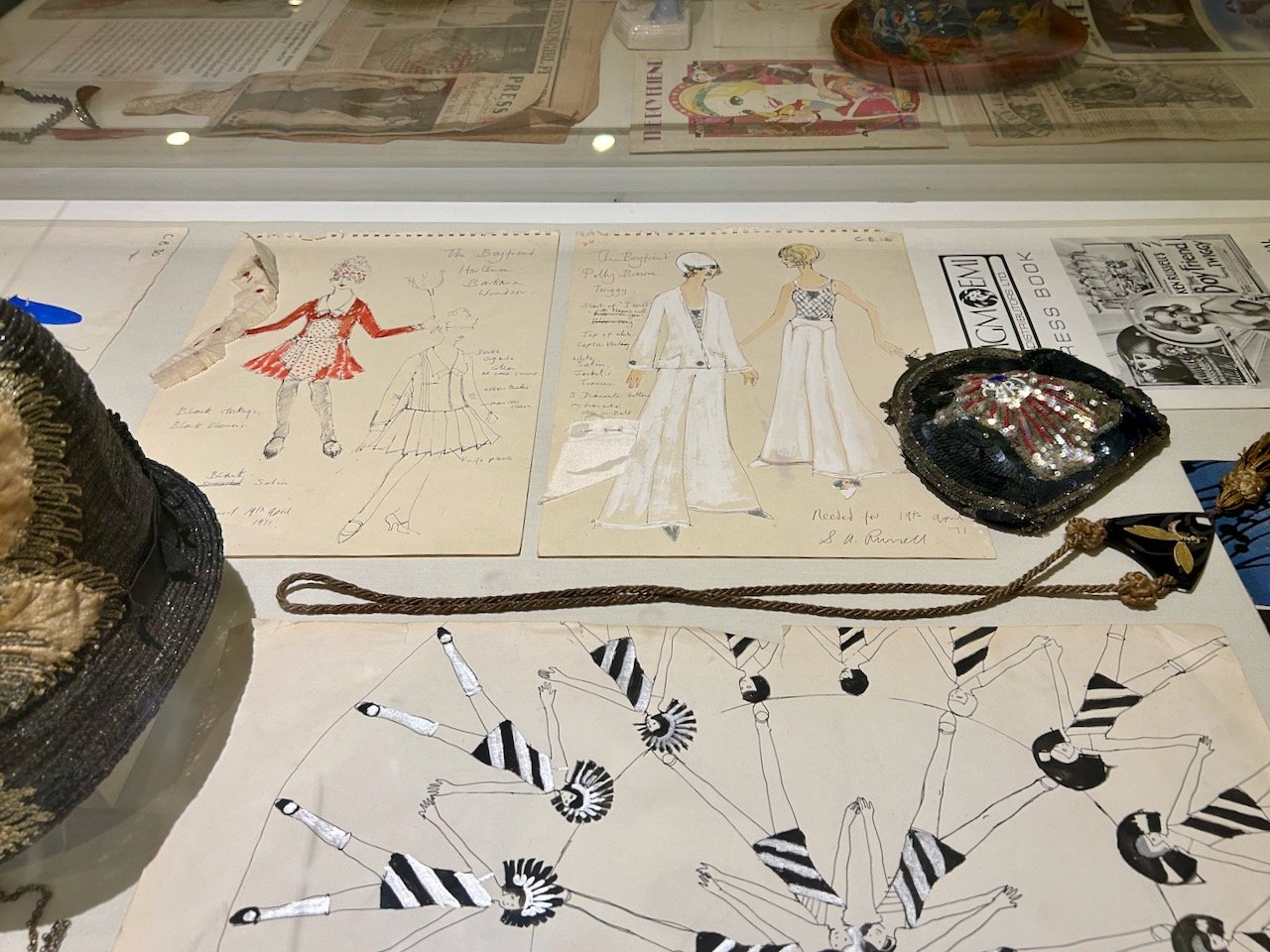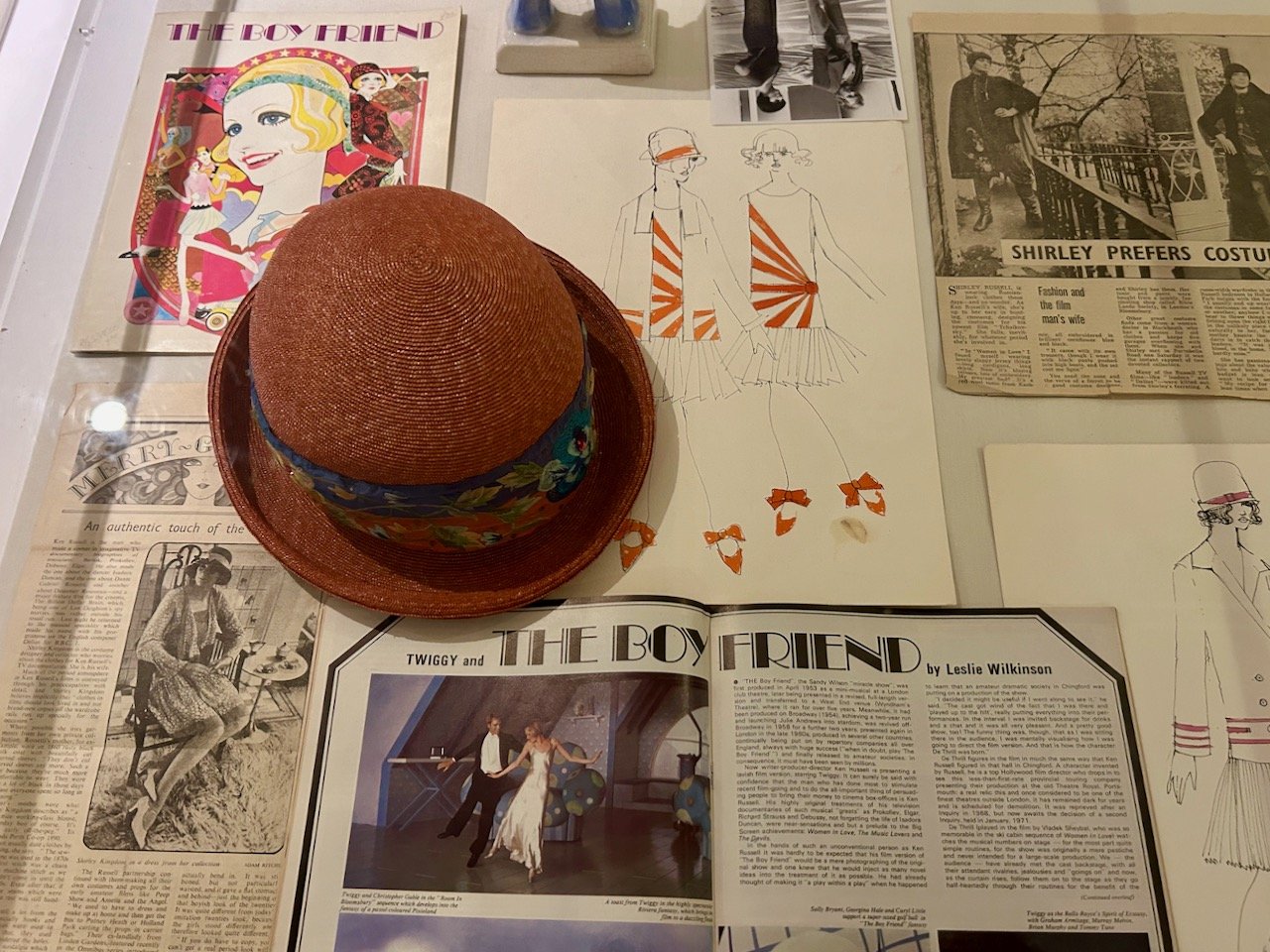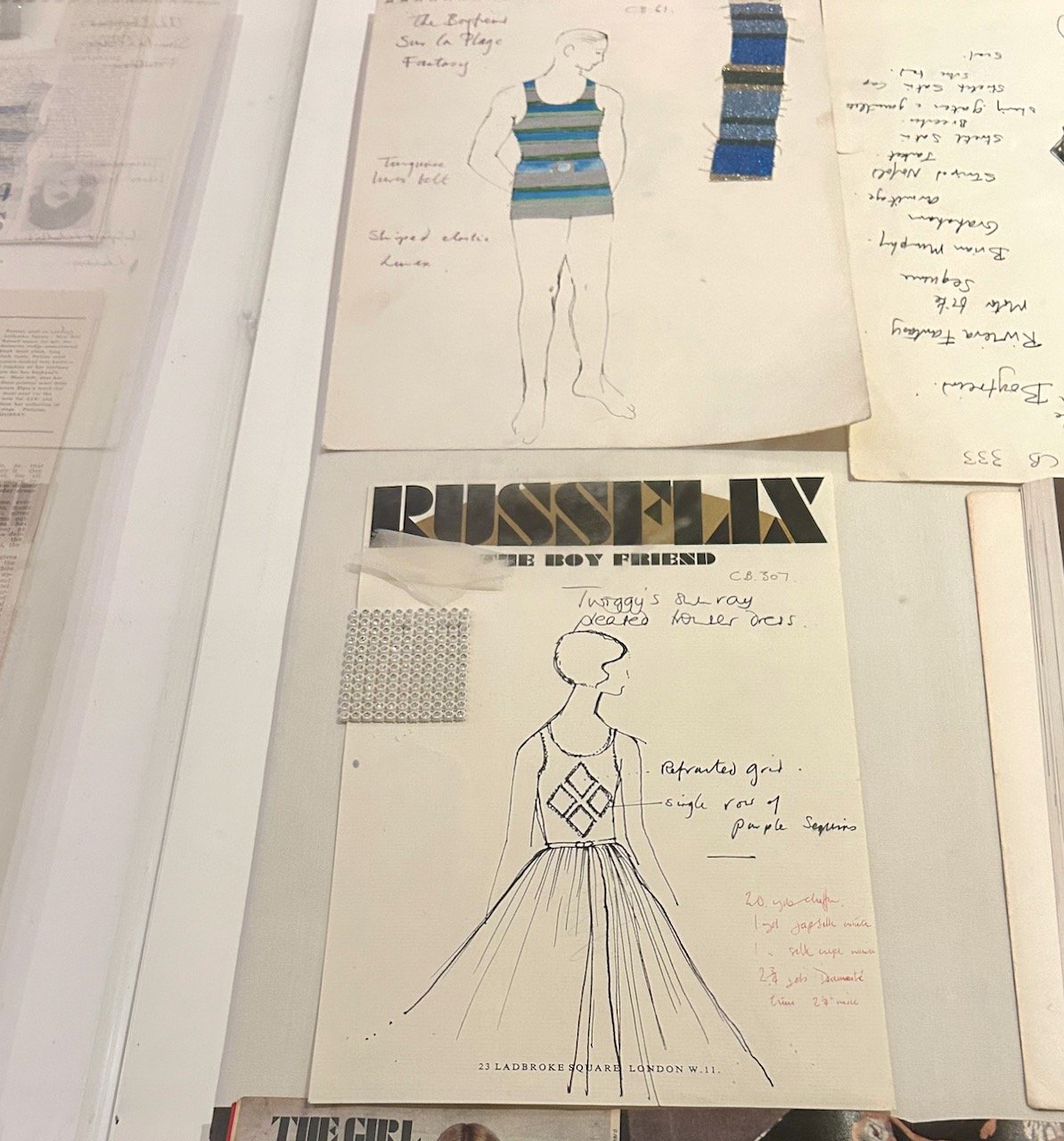While there may not be as many photos here as in my colourful interpretation post these rusty interpretations really did make me stop and think about the craft and work that has gone into both of these pieces.
The book by Gilly Meeks held items in various stages of rusting along with stitching and shows the effect that has on the material
THE RUSTING BOOK, GILLY MEEKS
Gilly says it comines her love of the making process, stitch and found rusty objects. Recycled fabrics in the book include cotton, linen, silk and tea bag fabric and all rect in different ways to the rusting process. Gilly also says she’s very drawn to the ghostly marks which result from the process.
The larger Rust quilt by Fiona Burrows takes a different and larger approach - her piece shows the aesthetic and symbolic qualities of decay and decomposition in the style of Piet Mondrian.
RUST, FIONA BURROWS
And just look at the detailed quilting.
RUST, FIONA BURROWS
I love both of these pieces as much as I love the colourful interpretations, but to me these pieces really needed their own post to shine (or rust!).
Which of the interpretations I’ve shown is your favourite?

